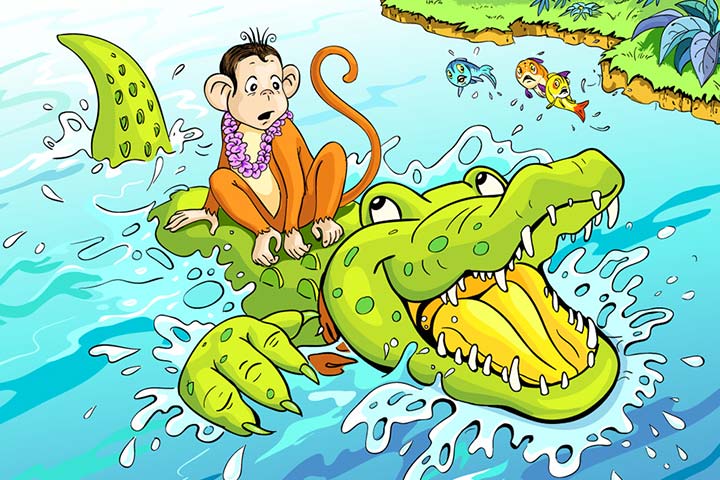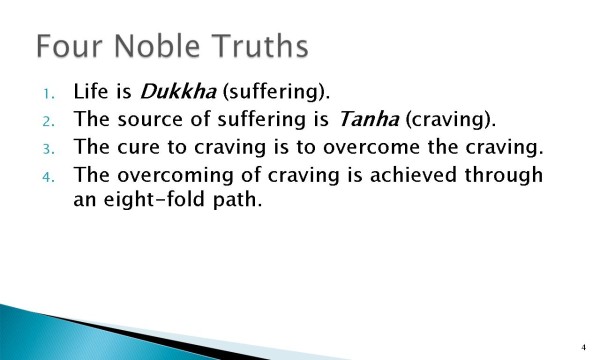Children ask all kinds of questions. And one is not always prepared with an answer!
If you find yourself in Ladakh, Ajanta, Sanchi or Sarnath, and are at the receiving end of a barrage of questions from your child about the Buddha, (questions like those below) …then stay tuned for help.
- Who was the Buddha?
- What is a stupa?
- Why does the Buddha have such big ears?
- Why are there so many Buddhas? (In Ladakh in particular)
- Why does the Buddha always sit under a Peepal tree?
- Why is the Buddha so famous?
- What are these prayer flags?
- What is the prayer wheel?
If you’re fumbling as you look for an answer, maybe this post would help you. Here’s the story…well, part of the story. For more on the Buddha, stay tuned.
But before we get to the story, here are interesting facts about the Buddha.
- Gautam Buddha is the first identifiable personality in India’s Past. Indian History, in a sense begins with the Buddha!
- He is said to have lived in the 6th century BC. That is about 550 years before Christ.
- He was a great thinker who pioneered a new way of life. The path he set out was quite out-of-the-box!
- He broke away from orthodox beliefs and meaningless rituals to usher in a more egalitarian society.
Stories about the Buddha (actually stories about his past life) are compiled in what are known as the Jataka Tales. You may have heard some of the popular ones like The Monkey and the Crocodile.

Coming back to Gautam Buddha – The Story goes that he was born into a royal family and at his birth, Sage Asita prophecised that he would become a great spiritual leader. His father however, wished for him to be a King and never allowed him out of the palace gates. However one day, Gautama managed to venture out into town and saw four sights that changed his life.
- An Old Person (feeble)
- A Sick Person (miserable)
- A Dead Person
- A Sage (content and happy)
The Suffering of the first two and the Finality of Death in case of the third, troubled him. The peace of the sage puzzled him.
In a quest to understand the way out of worldly suffering, he left the palace and wandered for many years.
After several difficulties and trials, one day as he sat meditating under a Peepal Tree in Bodh Gaya (present day Bihar), he is said to have found the answer.

Hence in paintings, you often see an image of the Buddha sitting under a Peepal Tree!
And the Peepal Tree has by this association become a symbol of his Enlightenment and of Knowledge. So you may also see a stand-alone Peepal Tree or Leaf in Buddhist monuments which symbolize the Buddha’s Enlightenment and Knowledge.
Now this might be a big complex to explain to a child – but the core of his teachings were actually relatively simple.
He taught the world that there was a way out of Suffering. His recipe was to give up Desire as he believed Desire was the root cause of all Suffering.
- You are unhappy because you want an icecream and can’t have it
- You are unsatisfied because you want to come first in the race and you couldn’t.
- You are hurt because you want your friend to remember your birthday and he/she didn’t.
In other words, he said that the root cause of the unhappiness/pain/suffering is WANT. He called it Tanha or Craving.
This is often referred to in Buddhist terms as the Four Noble Truths.
In order to get out of this cycle of Desire and Suffering, he advocated what is known as the Middle Path – or the Eight-fold Path.

The Buddha also raised his voice against rigid social norms and meaningless rituals.
He taught people that Compassion and Love were more important than blind faith and rituals.
As a result of this message of universal love, his teachings became very popular in India and across Asia.
Although the Buddha himself did not travel outside India, his followers took his teachings to Tibet, China, Japan, Thailand, Sri Lanka, Burma and further.
However, due to several reasons, Buddhism slowly declined in India. (Interested to know why? I’ll be posting something on this soon. Subscribe to the site to stay posted)
Ladakh is one of the few places in India, where Buddhism continues to be practiced the traditional way. And the dozens of chortens and stupas you see are testimony to that.
Want to know tell your child about stupas? I’ll be posting more on this soon. Make sure you follow the blog to stay posted.

Trackbacks and Pingbacks